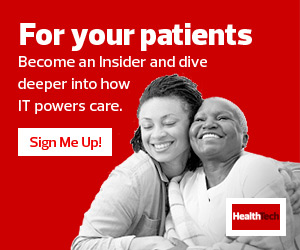Healthcare organizations can use data and technology to create action that addresses SDOH in meaningful ways.
Standardizing SDOH data collection across an organization is a good first step. “Nearly everyone can do something with the data. Their use cases may be different, but the definitions need to be the same,” says Jeremy Racine, healthcare director for Tableau.
Next, the data needs to be analyzed in a way that addresses a clear need. “You need to determine the needle you want to move and then work backwards — figure out the pathway and the types of data you might need,” says Andrea Green, director of healthcare strategy for SDOH at LexisNexis Risk Solutions.
Another useful step is to intentionally present findings to the right stakeholders, from the primary care providers who provide whole-person care to business and finance leaders making organizational date-driven decisions.
“Data needs to be of sufficient depth to enable statistical validation, which leads to it being visualized in ways that stakeholders outside health — such as state or national health departments, governing bodies and the public themselves — can understand,” Robinson says.
More patients are expecting their doctors to ask them about SDOH, especially younger patients. About 81 percent of young people age 14 to 24 said their doctors should ask them about SDOH, according to research from the University of Michigan.











